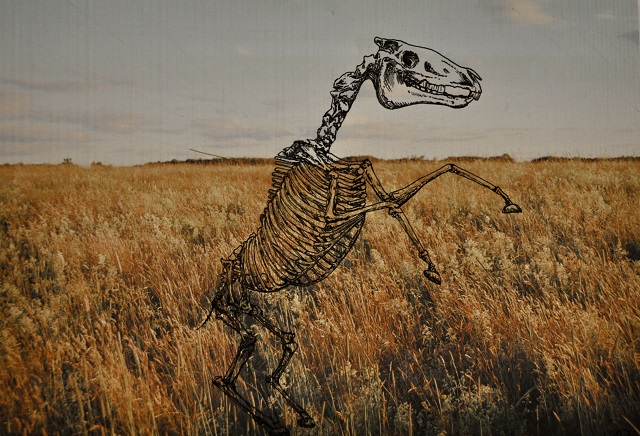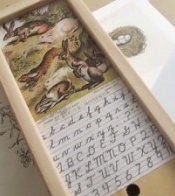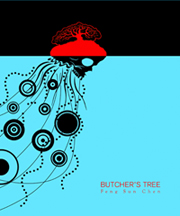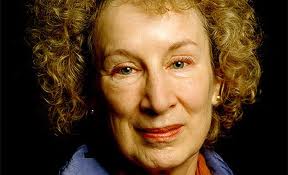
This week we’ll be making our way to AWP-Chicago for four days of meetin’ and greetin’. Will you be there? Come find the Hazel & Wren / Midway Journal table (Q12) at the book fair, say hello, and grab some freebies.
I’m preparing for the Windy City by writing a little somethin’ on a blustery gust. (I have yet to decide if it will be pesky or serendipitous.) Will you join me? Here are three such gusts to get you started.
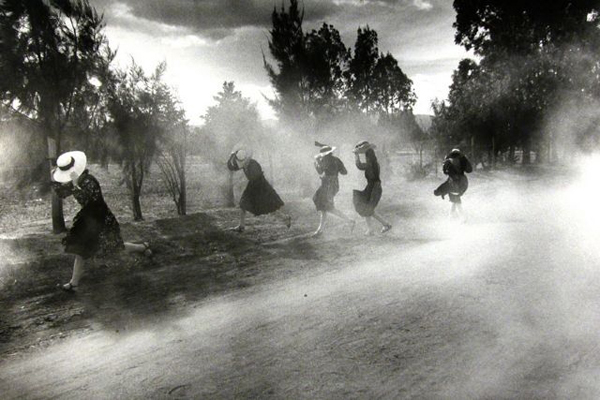
Larry Towell, Dust Storm, Durango Colony, Durango, Mexico, 1994. Photograph.
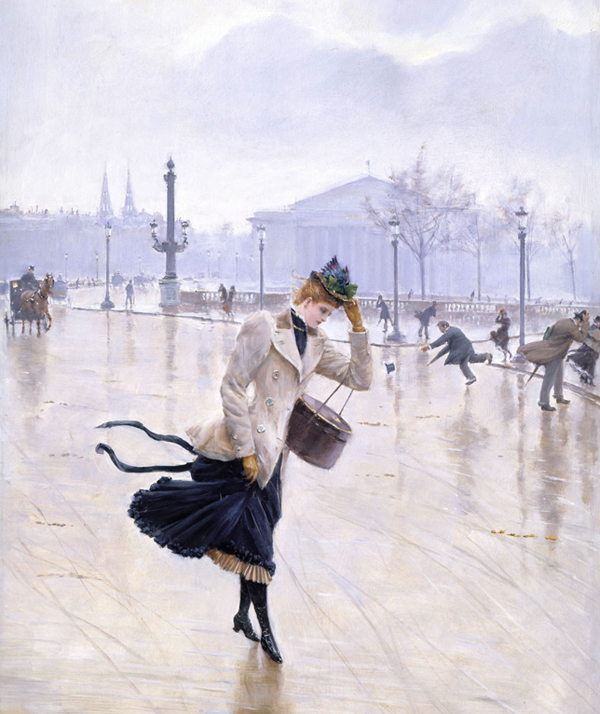
Jean Béraud, A Windy Day, Place de la Concorde, c. 1890. Oil on canvas.
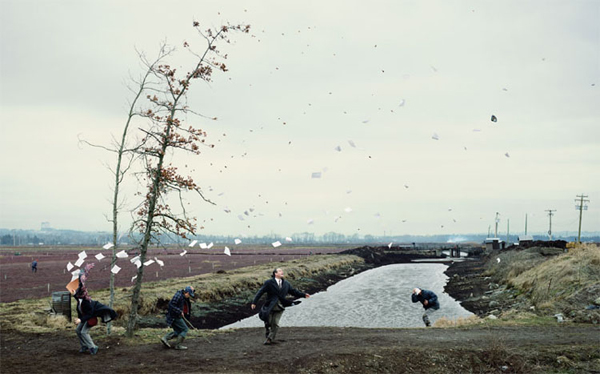
Jeff Wall, A Sudden Gust of Wind (after Hokusai), 1993. Photograph (transparency in lightbox). Tate Collection, London.
What We’re Reading: Margaret Atwood

Words at WAM is over, but here at Hazel & Wren we’re gearing up for another event, albeit one further afield than the Weisman Art Museum. In a mere seven days we will be sitting in Chicago, with hundreds of other writers and writerly-folk, listening to Margaret Atwood, one of the foremost voices in English literature, deliver the keynote address of the 2012 Association of Writers & Writing Programs (AWP) Conference. AWP holds this conference annually, though this will be my first time going and I couldn’t be more excited to attend.
Of Atwood’s writing, I have read a measly novel and a half—The Handmaid’s Tale (1985) and, currently, The Blind Assassin (2000)—as well as a number of her poems and short stories. Atwood is, in a word, prolific, having published over 35 collections in various genres and styles, including poetry, novels, children’s literature, and non-fiction. Though I first encountered her work while in college, it wasn’t until last spring that I worked up the nerve to begin tackling her bibliography.
Atwood’s work is tightly crafted, deeply thought out, and highly ambitious. The Handmaid’s Tale is an unsettling dystopian novel set in a theocratic state after a “terrorist” attack, purported to be carried out by Islamic extremists. Atwood’s major feat is in taking to extremes some of the contemporary problems the Western world faces, then making those extremes sound probable, even reasonable. 25 years after its publication, The Handmaid’s Tale remains a relevant and powerful cautionary story about combating extremism with extremism.
Though I haven’t yet finished The Blind Assassin, I feel I can say that Atwood has become a stronger, more confident writer. One of the most impressive features of the novel, from a writing standpoint, is that it contains a novel within it (also titled The Blind Assassin), which, in turn, contains a long form story told by one of the characters. Atwood dexterously juggles the main story of Iris Chase with the novel attributed to Laura Chase, Iris’ sister. Keeping track of stories within stories, as a writer, is a difficult task, even if those stories are wildly different, as in The Blind Assassin. It’s not simply a matter of varying voices, but also of making sure each detail is released in the proper order for the greatest effect.
I’ve just begun digging into Atwood’s extensive catalogue of work, but I can tell that she’s the kind of writer whose work will stick with me. Atwood’s poetry is next on my to do list, as most of what I’ve read has been in anthology or piecemeal on the internet. I’m excited to hear her speak in Chicago next week, and excited to meet all of the other bookish people who are going to AWP.
Will you be at AWP? Who are you excited to hear speak or read? What panels will you be attending? Don’t forget to come say hello at the Hazel & Wren / Midway Journal table!
